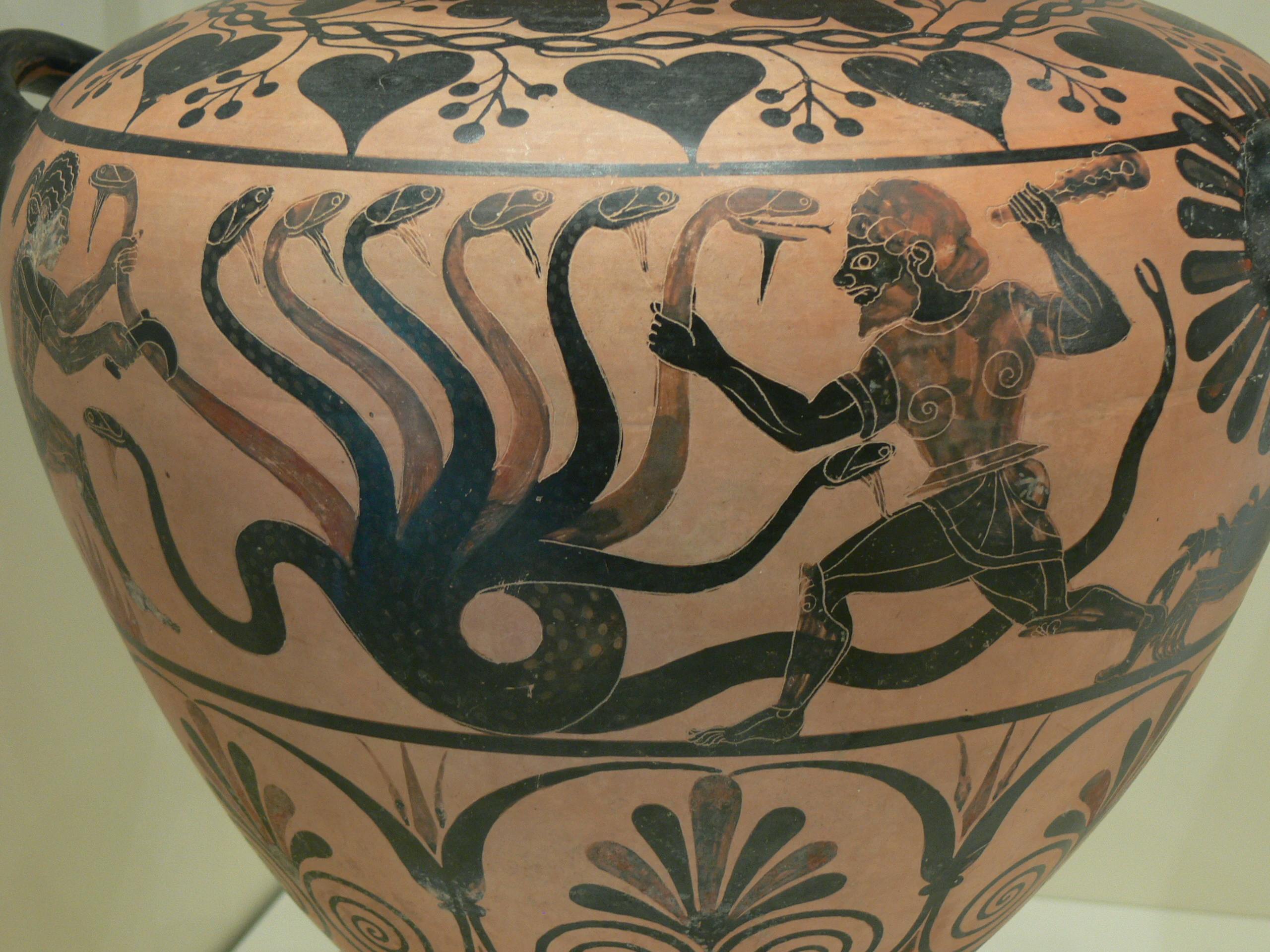We Need To Cultivate The Lost Art Of Antifragility
We’re living in a culture of fragility. Everywhere you look, people are treated like glass, bubble-wrapped away from any possibility of risk or offence. Students especially are taught that they’ll be shattered by different thoughts or opinions, and that they live in a patriarchal, tyrannical system designed to break them.

But humans aren’t fragile beings. In fact, history has shown us time and time again that the human race can withstand unimaginable adversity and even arise stronger out of its ashes. Contrary to what society leads us to believe, the human mind isn’t fragile — but profoundly “antifragile”.
What It Means To Be Antifragile
In his bestselling book Antifragile: Things That Gain from Disorder, scholar Nassim Taleb defines antifragile things as those that “not only gain from chaos, but need it in order to survive and flourish.” To be antifragile isn’t the same as just being resilient — “the resilient resists shock and stays the same; the antifragile gets better and better.”
The resilient resists shock and stays the same; the antifragile gets better and better.
A classic example of antifragility is the many-headed Greek mythological creature, the Hydra. If one head is cut off, two grow back in its place. For Taleb, the human mind is like the Hydra; it’s not just able to withstand hardship, but grows stronger after it.

A Culture Of Fragility
And yet, the dominant culture in the West is one of fragility, not antifragility. How did this happen? Well, according to social psychologists Jonathan Haidt and Greg Lukianoff, a large part of the problem lies with our universities. They argue that students are being taught the opposite of Cognitive Behavioral Therapy techniques, leaving them with a fragile mindset.
For example, philosophical approaches like Critical Theory encourage cognitive distortions like catastrophizing (e.g. “Trump is literally a fascist”), dichotomous thinking (e.g. “all white people are racist”), and emotional reasoning (e.g. “I feel offended, therefore this person intended to offend me”).
With universities enforcing the idea that humans are fragile beings in a dangerous world, students are shielding themselves away in “safe spaces,” cancelling public figures they disagree with, and relying on trigger warnings to avoid offensive speech. Many are convinced that, in order to feel safe, they must overthrow the entire political system to create an equal and risk-free utopia. Only once they’ve rid the world of its prejudices and injustices can they truly flourish.
It’s not a university’s job to provide an offence-free arena. In fact, they should be intellectual battlegrounds.
Of course, universities have a duty to protect students from genuine harassment. But, it’s not a university’s job to provide an offence-free arena. In fact, they should be intellectual battlegrounds, where ideas are challenged and put to the test.
But today, students will do anything to avoid ideas they don’t like. For instance, when controversial right-wing speaker Milo Yiannopoulos was scheduled to speak at UC Berkeley in 2017, more than 1,500 people gathered to protest, with many setting fire to property, pepper-spraying innocent bystanders and throwing rocks at the police.
How To Cultivate Antifragility
If you ask your friends or family to name an event in their lives which changed them for the better, it’ll likely be a misfortune — maybe a divorce, the death of a loved one, or losing a job. Often, what makes us turn our lives around and become better people is ascent from adversity. But if these difficult events are the ones that shape and define us, why would we want to shield our children from them?
It’s time we reaffirm the belief that adversity is not only natural, but desirable. Antifragility may be a new term, but it’s an ancient idea. Think of Aleksandr Solzhenitsyn, the Russian novelist who spent eight years in a Soviet labour camp and still blessed his prison for the spiritual journey it took him on. He instructed others to “live with a steady superiority over life — don't be afraid of misfortune, and do not yearn after happiness; it is, after all, all the same: the bitter doesn't last forever, and the sweet never fills the cup to overflowing.”
Often, what makes us turn our lives around and become better people is ascent from adversity.
To master the art of antifragility, Taleb suggests practicing “via negativa”: avoid basing your happiness on anything highly fragile — drugs, alcohol, your Instagram followers, or whether someone agrees with you politically. Solzhenitsyn believed in a similar idea, warning others not to pursue what is illusory. Ultimately, things like material possessions, status, and comfort can be taken away from you, but a matured soul and an antifragile mindset can’t.
Closing Thoughts
The aim for younger generations shouldn’t be to construct a perfect, safe world, but to become antifragile in a dangerous world. It’s no virtue to always be safe from danger, but it’s admirable to be capable in the face of it. Looking forward we must not deprive our children of all stressors in life, but encourage them to grow from their inevitable suffering. That way, future generations will thrive in the face of disorder, rather than shatter in its wake.